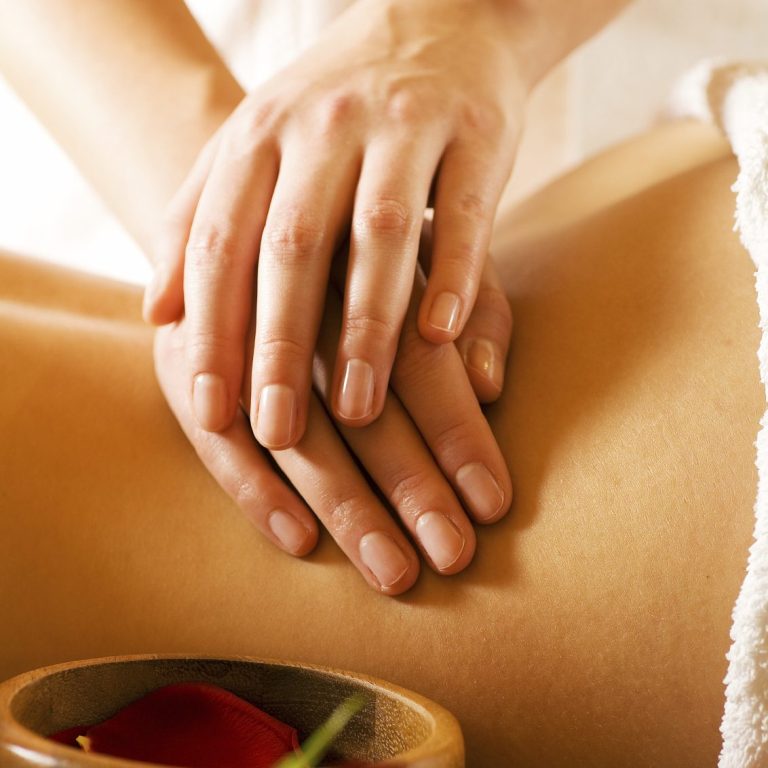As a certified Lymphedema therapist, Praiya helps her patients manage lymphedema with complete decongestive therapy for localized swelling including manual lymphatic drainage and multi-layer compression bandaging.
By Praiya holding Three unique specializations as a Registered Nurse, Massage Therapist and a Certified Lymphedema Therapist, She is able to develop highly personalized, one-on-one treatments, which has resulted in referrals throughout the state through in person.
About Us

Praiya Galeano RN, LMT, CLT

FAQ for New Patients
What is Lymphedema?
Lymphedema is an abnormal swelling condition that may affect one or many body regions. The swelling develops because the lymphatic vessels or nodes have been damaged or were formed incorrectly. Lymphedema is most commonly a side effect of cancer treatments. If a person has surgery to remove Lymph nodes, as is common for cancer treatment, or if they have radiation for cancer treatment, or if they have radiation for cancer, the damage done to the Lymphatic system may result in a back-up of fluid. The lymphatic system is the body's plumbing system and is responsible for removing waste material from the body. Just as you would imagine, if the plumbing system in your home were disrupted or damaged, you may end up with a back-up of waste. The same is true in your body. The back-up of waste products from the cells in the body, along with water and protein, builds up in your tissue and causes swelling to occur. Lymphedema can be from many different causes. Some lymphedema occurs because the lymphatic system was damaged with surgery or another trauma. This is called secondary lymphedema and is the most common type of lymphedema. Sometimes people are born with a condition that causes the lymphatic system to not work correctly. This is called primary lymphedema. Both types of lymphedema can affect any part of the body where lymphatic vessels have been damaged or malformed.
When the swelling occurs in the body, and is not treated it can get worse over time. As the swelling worsens, changes occur in the tissue, resulting in scarring amd hardening of the tissue. Also, as the waste products back up into the tissue, there is an increased risk of infection because the body cannot process and eliminate the bacteria that it is encountering in the area where the damage has occurred to the system.
While lymphedema can be treated to decrease the swelling, and while relapses of swelling can be prevented, there is no cure for lymphedema. The condition involves lifelong management of the swollen limb(s) with complete decongestive therapy (CDT) to decrease the swelling and to prevent adverse side effects like infections and skin breakdown.
Book Your Session Today
Lymphedema Services offered
Our therapists offer a variety of lymphedema treatments for your condition
Manual Lymphatic Drainage
A gentle, hands-on massage of both the affected body part and agjacent selected areas. MLD can move lymphatic fluid from the swollen region into parts of the lymphatic system that are still functioning
Compression Garments and Wrapping
Multi-layer Compression Bandaging : Following MLD, the therapist wraps the treated area with layers of compression bandages. Bandages help prevent the re-accumulation of lymphatic fluid.
Therapeutic Manual Lymphatic Drainage
MLD has an overall positive effect on healing, relaxation and mood.

Condition we treat
Lymphedema
Lymphedema refers to the build-up of fluid under the skin in the leg or arm.
The lymphatic system plays a very important role in the immune system. Lymph nodes move fluid through our bodies, picking up waste, bacteria, and viruses. This waste is flushed from our bodies through our lymph nodes. When damage occurs to the lymph nodes and they cease to work properly, fluid can back up in the tissues of limbs causing lymphedema.
Swelling/ Genneral Edema
Manual Lymphatic drainage can reduce swelling by moving the excess fluid that builds up the area into the lymphatic system to flush out the extra waste, fluid and toxins. It promotes healing and expedites recovery time in injuries such as sprains and strains.

Can a therapist come to my home?
In some instances you may be able to have a therapist come to your home to help manage your lymphedema. Some people are very ill and unable to even walk around their house because their lymphedema is so advanced and their lymphedema until it gets to a level where they are more mobile and able to attend regular therapy in an outpatient clinic.

If I have lymphedema, can I get a massage?
Massages are a wonderful way to reduce stress and muscle tension. Many different types of massage exist, and some are very safe to have done when you have lymphedema Remember that the area of the body where lymphedema exist needs to be protected If you choose to have a massage, be sure the massage therapist knows of your condition, and ask that the therapist either avoid the lymphedematous area or apply techniques that are very light and supportive of the lymphatic system.
Deep-tissue work and excessive pressure from a massage may harm the delicate lymphatic vessels that remain healthy and viable in the limb. Also, any massage techniques that cause excessive friction on the surface of the skin can cause an increase in blood flow and may increase in blood flow and may increase lymphedema. Scented lotions or oils should also be avoided, as they may unnecessarily irritate the skin.
Schedule an Appointment Today
Copyright @ 2025 lymphatic wellness ny
We need your consent to load the translations
We use a third-party service to translate the website content that may collect data about your activity. Please review the details in the privacy policy and accept the service to view the translations.